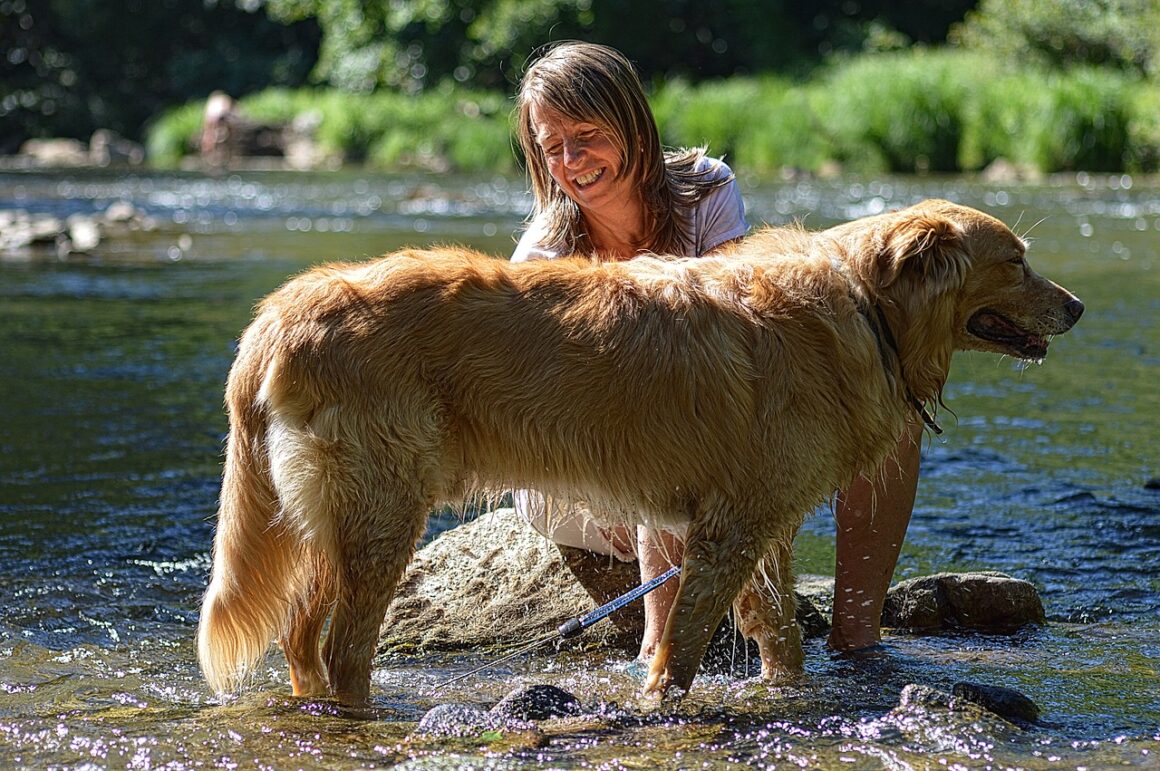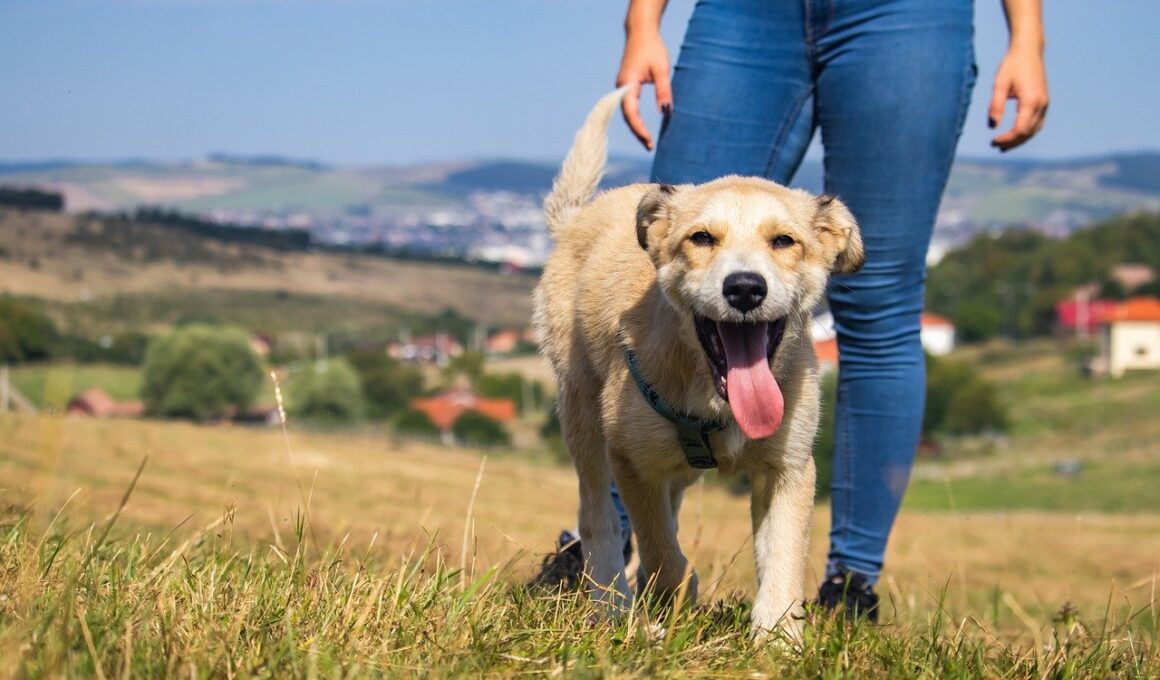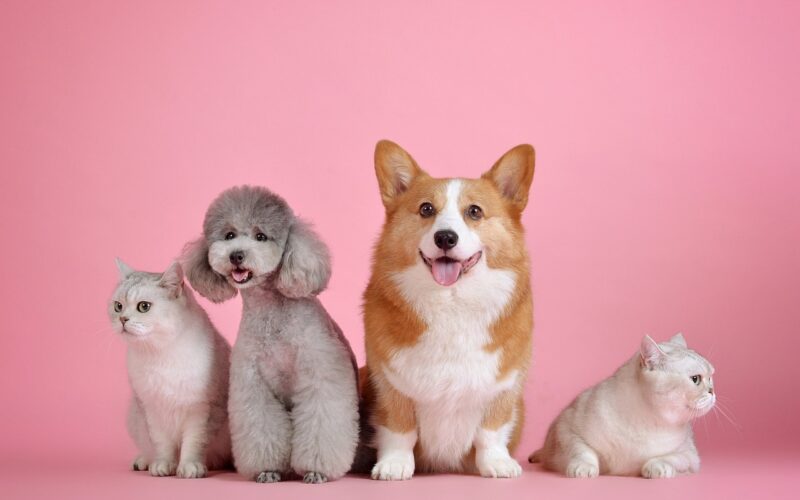Best Pet Blog To Follow And Get Inspiration
Every Pet Owner Should Follow Today!
Pet-Friendly Outdoor Activities: Bonding Adventures for You and Your Pet
December 22, 2023
5 min read

Pet Grooming Hacks: DIY Tips for a Well-Groomed Furry Friend.
December 18, 2023
Pampering your furry friend isn’t just about vanity; it’s about their health and…
5 min read
Featured Posts
Top on the week
Behavior
2
Posts
Health and Wellness
3
Posts
Lifestyle
3
Posts
Low-Maintenance Pets
1
Posts
Pet Adoption
1
Posts
Let`s Get Social

Stay up to date with the latest digital marketing trends and insights. Subscribe to our newsletter for exclusive content and expert tips delivered straight to your inbox.
















